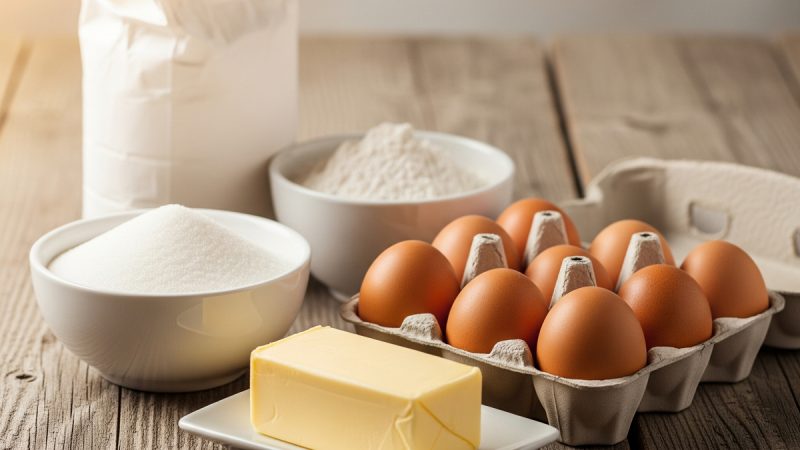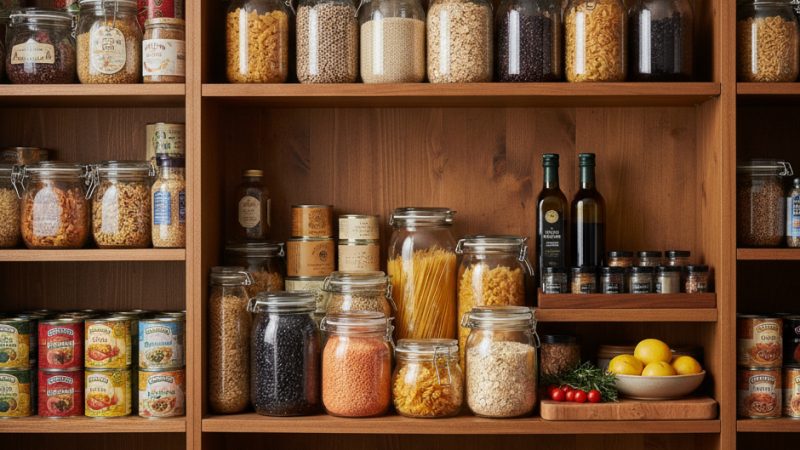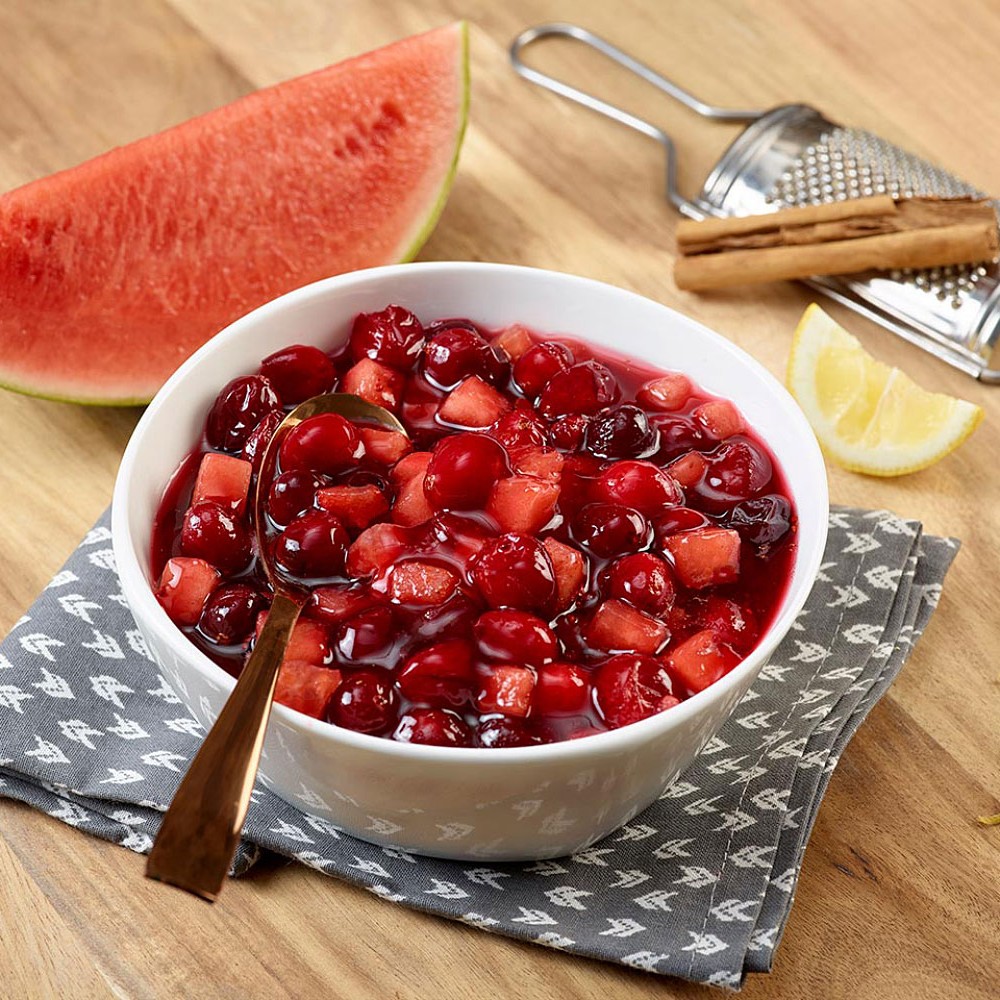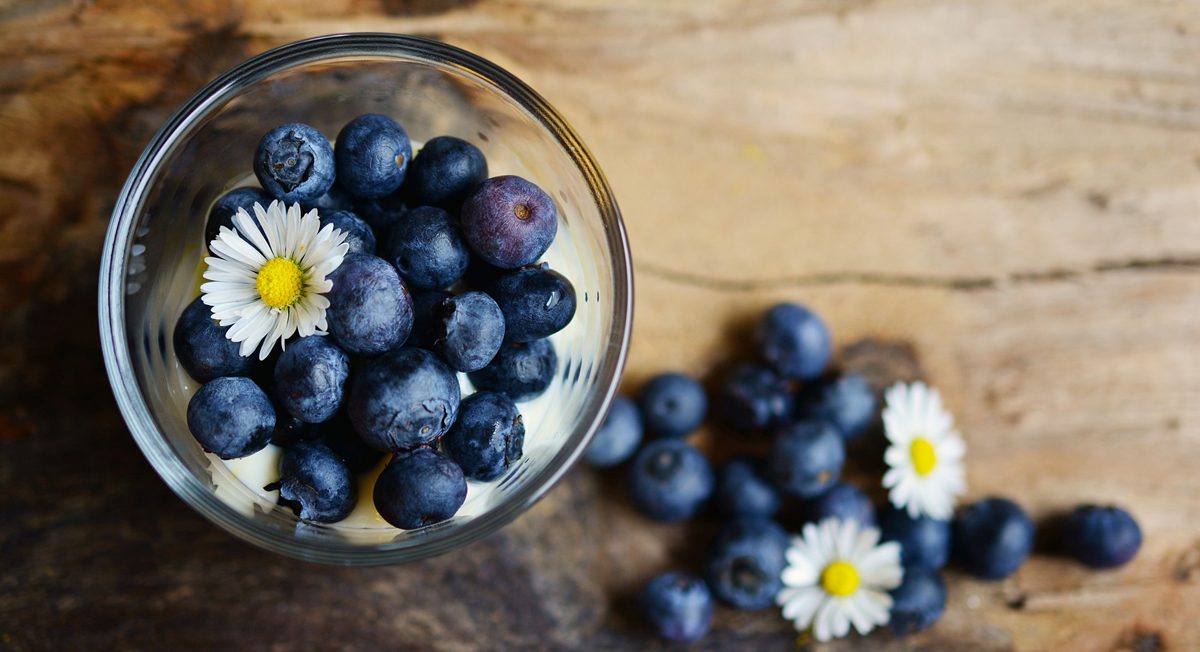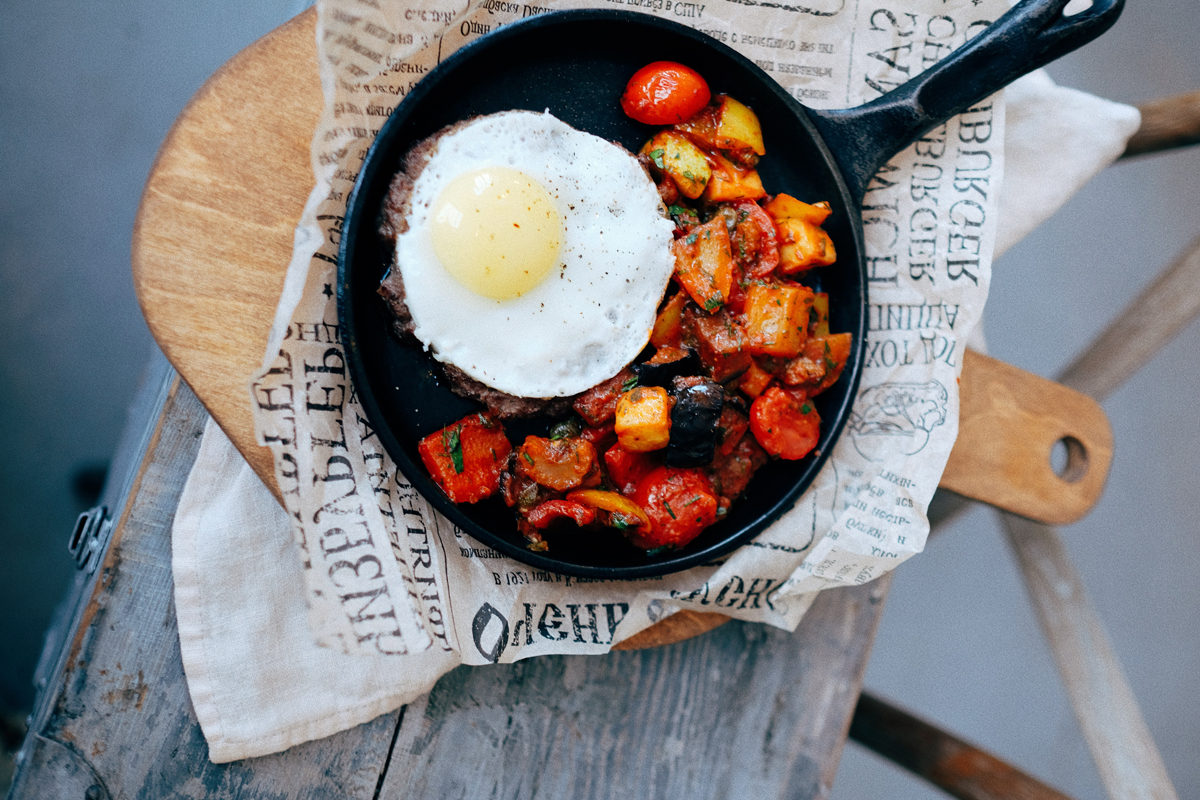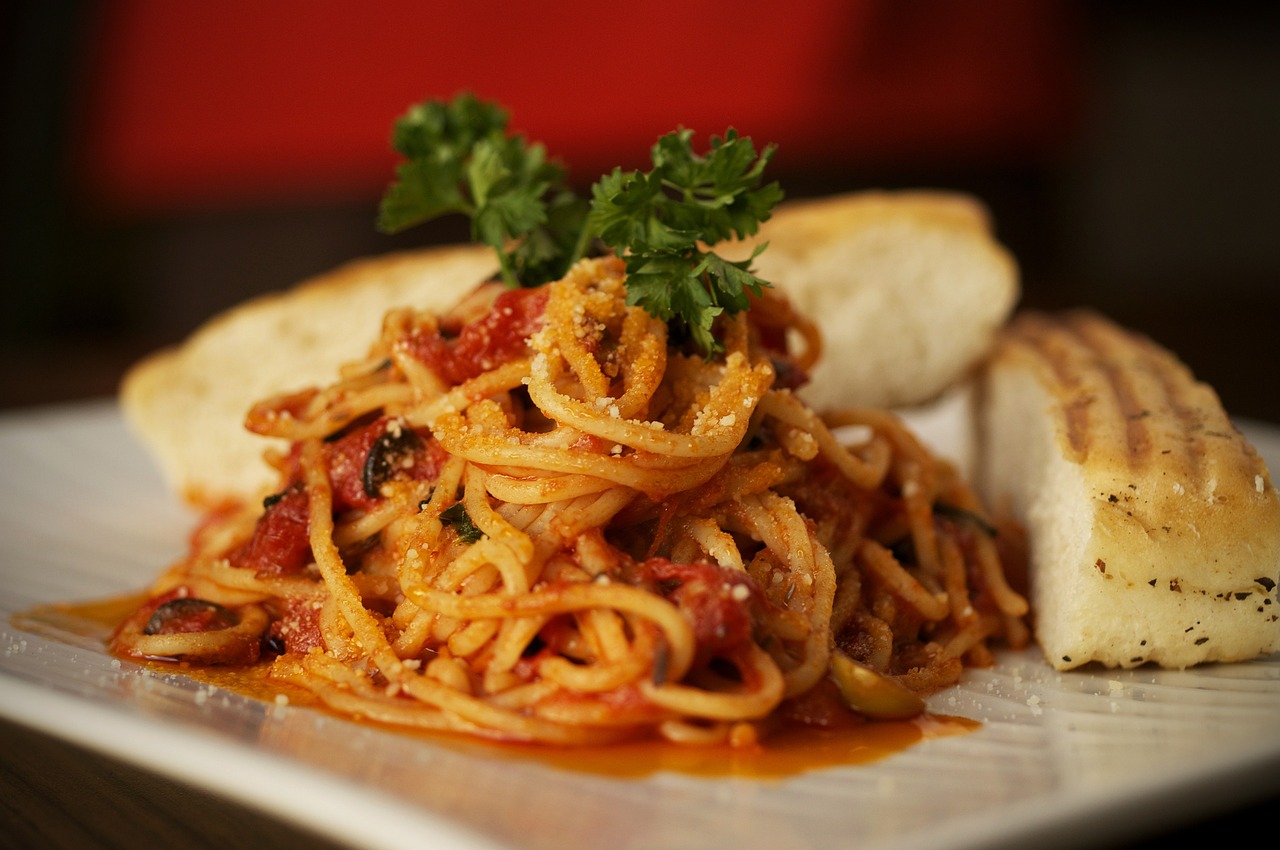What is Proofing The Yeast?
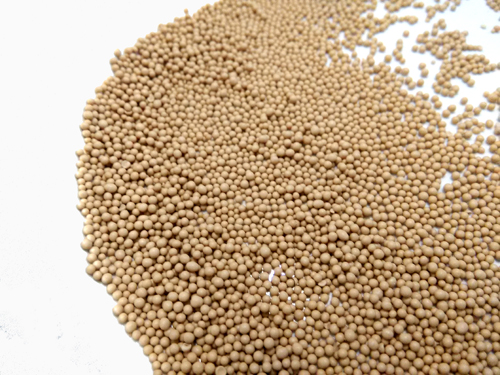
Some recipes, usually from older sources, call for a proofing step in the process of making bread. Before the modern ways of commercially producing yeast were figured out, it was necessary to check the activeness of the yeast before using it in a recipe to make bread. If the yeast was not active, the bread would not rise.
Proofing can be thought of as proving that the yeast will work in your recipe before you actually use it. No one wants to waste their ingredients on a lump of dough that won’t rise into a tasty loaf of bread.
To proof the yeast, which is the same thing as activating the yeast, sprinkle the dry yeast into a small bowl of warm liquid. Let it stand for a moment to absorb the liquid, then stir with a fork to dissolve it. Set the bowl aside for a few minutes and watch. In ten minutes or less the yeast should produce bubbles that collect at the surface of the liquid. If a foamy layer of bubbles is not present in about ten minutes, throw the yeast away because it is no good.
Cake yeast is proofed in the same way. Add warm liquid to the cake of yeast, stir it to combine and watch for the presence of foamy bubbles.
Today’s commercial yeast production is very reliable. Yeast is sold dry in packets and jars with expiration dates. Use yeast before the expiration date and you won’t be disappointed. In fact the production of yeast is done so well that modern recipes, including the ones for bread machines, call for adding the dry yeast directly to the other ingredients completely bypassing the need for a proofing step.
When baking bread without a bread machine, some recipes do call for a proofing step. Typically, you will add a couple teaspoons to a tablespoon of yeast to a small amount of warm liquid. This softens the yeast and starts the gas bubbling activity. If yeast is added to cold ingredients, the activation won’t happen too quickly and that can ruin the rising of the bread. Taking the extra step of proofing the yeast will assure that the yeast you are using will work and it will pre-activate the yeast so that rising of the dough can begin.
If any yeast remains in the container after you open it, seal up the container and store it in the refrigerator. Use this yeast first the next time you bake bread, unless the expiration date has passed. If not sealed well, or if not refrigerated, the yeast may dry out completely and become useless. Keep all yeast in a cool, dry dark place for the best storage.
The Author:
Naomi Gallagher

